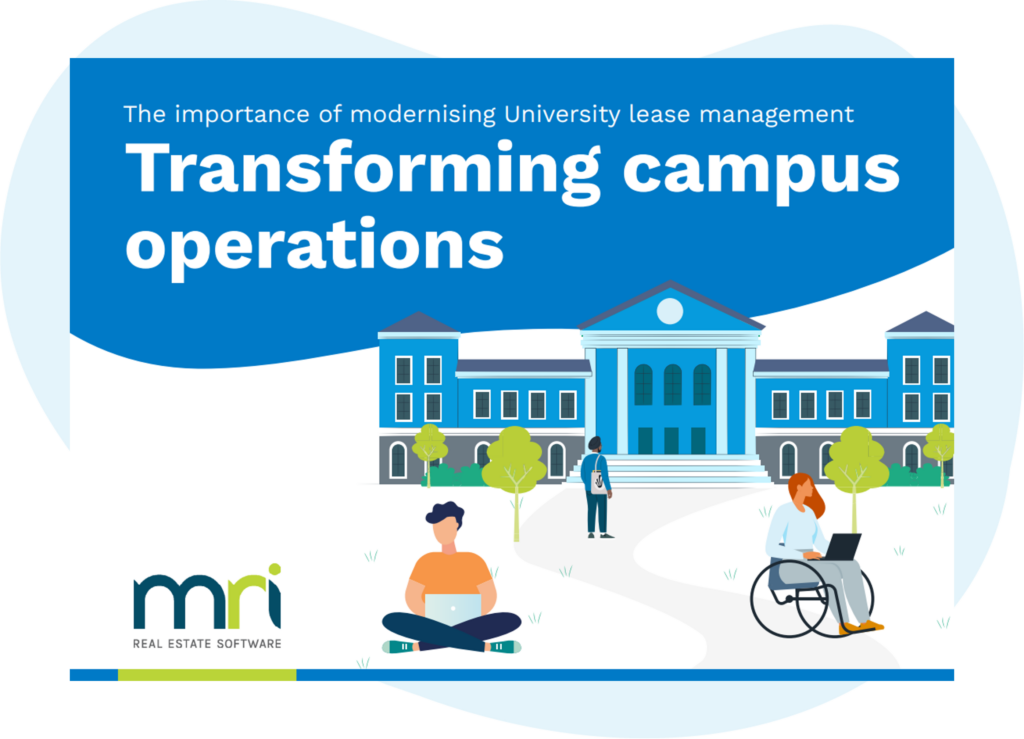Top 10 Webinar Takeaways: Australian Workplace Tech and Employee Preferences
The Australian workplace is undergoing a significant transformation with the continued rise of hybrid work models and increased technology adoption. The workforce has new needs and wants from their employers as they return to the office, such as greater flexibility, more centralised office locations and amenities.
Webinar on-demand
Hear from industry experts about how the Australian workplace and workspace in 2023 is evolving.
Watch the webinar
We recently ran a global survey that attracted over 2000+ Australian employee responses. The survey focused on their workplace and workspace preferences and what they want and need from employers to be satisfied in their roles and perform their duties effectively and productively. From these responses, we crafted ‘The Voice of The Employee – AU Edition’, spotlighting some of the more surprising results:
- Only 1 in 10 employees want to work remotely full-time in 2023.
- Almost 1 in 4 employees (22%) say their preferred amenities are critical to whom they look to for employment.
- 29% of employees want a flexible structure, with “hotel-style” amenities like desk booking, on-site gym and shower facilities in high demand.
To dive deeper into the findings, industry experts John Berkis from NAB and Olly Pritchard from MRI software delivered a webinar on this report, titled “Australian Workplace Tech and Employee Preferences.”
We’ve compiled the top 10 highlights for easy reading:
1. Hybrid Work and Office Attendance
Employees value the flexibility of hybrid work but still recognise the importance of in-person interactions and the cultural uplift that the office environment provides. Organisations are increasingly adopting hybrid work models, allowing employees to spend a few days in the office and the rest working remotely. Balancing office attendance throughout the week and optimising office space usage are critical considerations for organisations.
2. Relationship and Collaboration
Building connections is paramount in relationship-based businesses, as John Berkis from NAB highlighted. Face-to-face interactions and regular meetings facilitate relationship-building and collaboration among teams. Creating “super neighbourhoods” and fluid work settings can promote collaboration and enhance efficiency.
3. Commuting and Work-Life Integration
Employees prefer shorter commutes whenever possible. To address this, companies are exploring alternative workplace models, such as the hub and spoke model, to reduce commute times. Additionally, work-life integration is gaining prominence, enabling individuals to seamlessly blend their personal and professional lives for improved overall well-being.
4. Office Amenities and Technology
While amenities like food, gym facilities, and support for working parents are attractive, their criticality varies among employees. The customisation of amenities to cater to individual preferences is becoming increasingly important. Improved technology adoption improves collaboration, provides essential tools, and simplifies work processes.
5. Future-proofing and Workplace Design
Designing workspaces to accommodate future needs is essential for organisations. Right-sizing office space, optimising utilisation, and investing in amenities contribute to cost savings and enhance the employee experience. Deliberate collaboration and differentiated workspaces based on personal groups can improve productivity and overall satisfaction.
6. Change Management and Innovation
Embracing a mindset open to change is essential for any business to thrive. While resistance to change may exist in specific industries, adopting an inviting and collaborative workspace and focusing on the customer and colleague experience can facilitate faster adaptation. Necessity often becomes the catalyst for innovation and workplace transformation.
7. Data and Insights for Decision-Making
Live data, sensor technology, and monitoring tools provide valuable insights into workspace utilisation and employee experiences. Actionable insights derived from data are instrumental in making informed decisions and optimising organisational outcomes.
8. Work-Life Balance and Boundaries
Maintaining a work-life balance can be challenging when working remotely, as it blurs work and personal life boundaries. Organisations need to recognise this and support employees in defining clear start and end times for their workday.
9. Cost Reduction and Rationalising Portfolios
Cost reduction is a frequent challenge employers face, leading to rationalising office portfolios and right-sizing. Investing in amenities and reconfiguring workspaces are essential to attract and retain top talent.
10. Employee Preferences and Comfort
Acknowledging individual preferences and providing personalised work arrangements contribute to employee comfort and satisfaction. Some employees prefer personalised desks in the office, as it creates a sense of comfort and familiarity. Hybrid work arrangements that accommodate different desk assignments should be considered.
Conclusion
The Australian workplace is undergoing a transformative phase, with hybrid work models, technology adoption, and a focus on employee preferences shaping the future of work. By embracing these learnings, your organisation can create a thriving work environment that meets the evolving needs of employees and maximises productivity and engagement in the Australian workplace.
Want to watch the webinar yourself? Watch on-demand now, and hear from industry experts about how the Australian workplace and workspace in 2023 is evolving.
If you’re interested in learning more about workplace software and its pivotal role in shaping workspace, boosting occupancy, reducing costs and retaining your workforce, get in touch today for a free demo or a quick chat on how MRI Software can assist your organisation.
Transforming campus operations: The importance of modernising University lease management
Across various sectors, including the educational industry, the persistent use of outdated systems and software emerges as a significant bottleneck, impairing operational efficiency, security, and innovation. From legacy systems that hinder academic …

